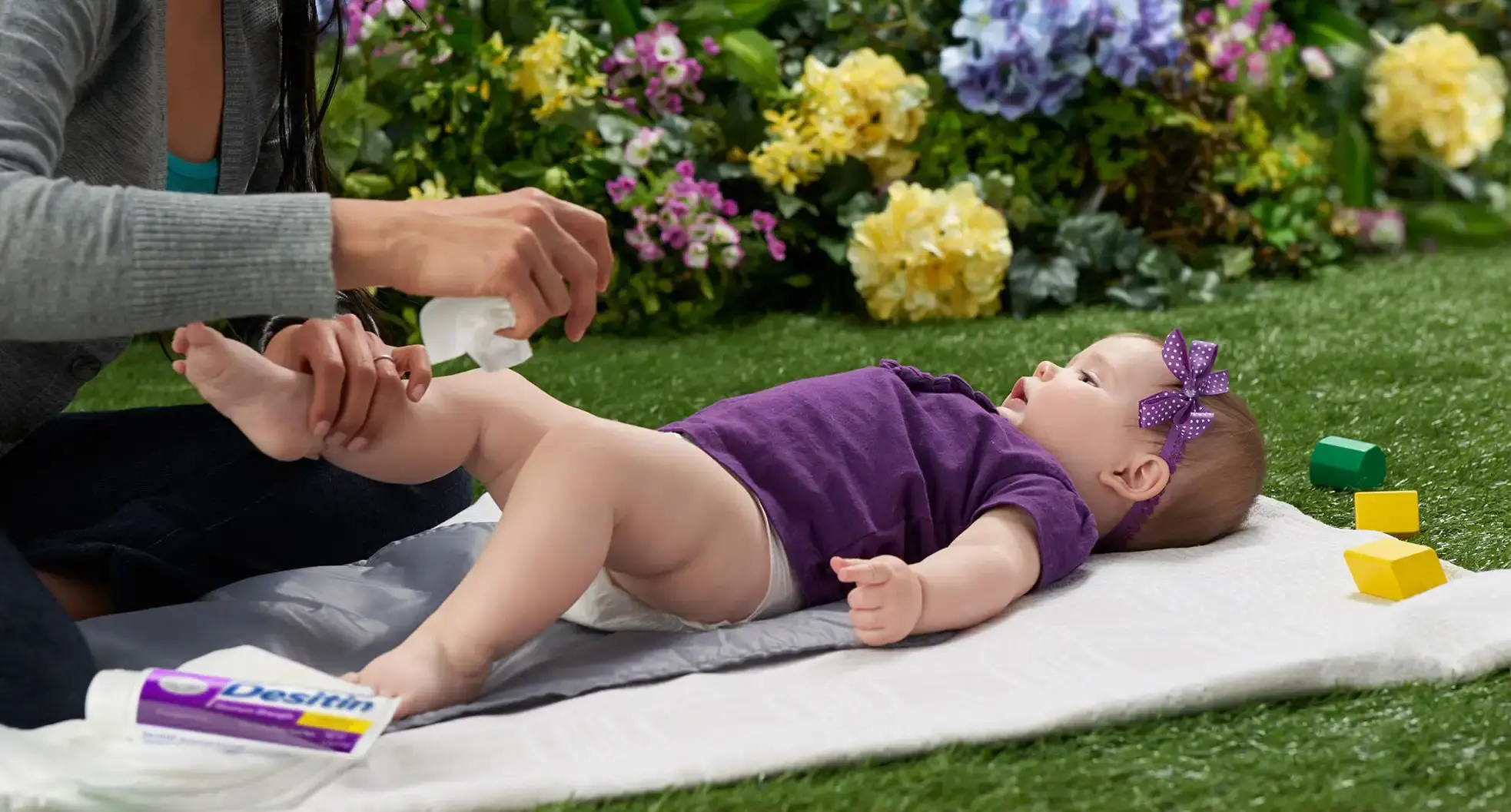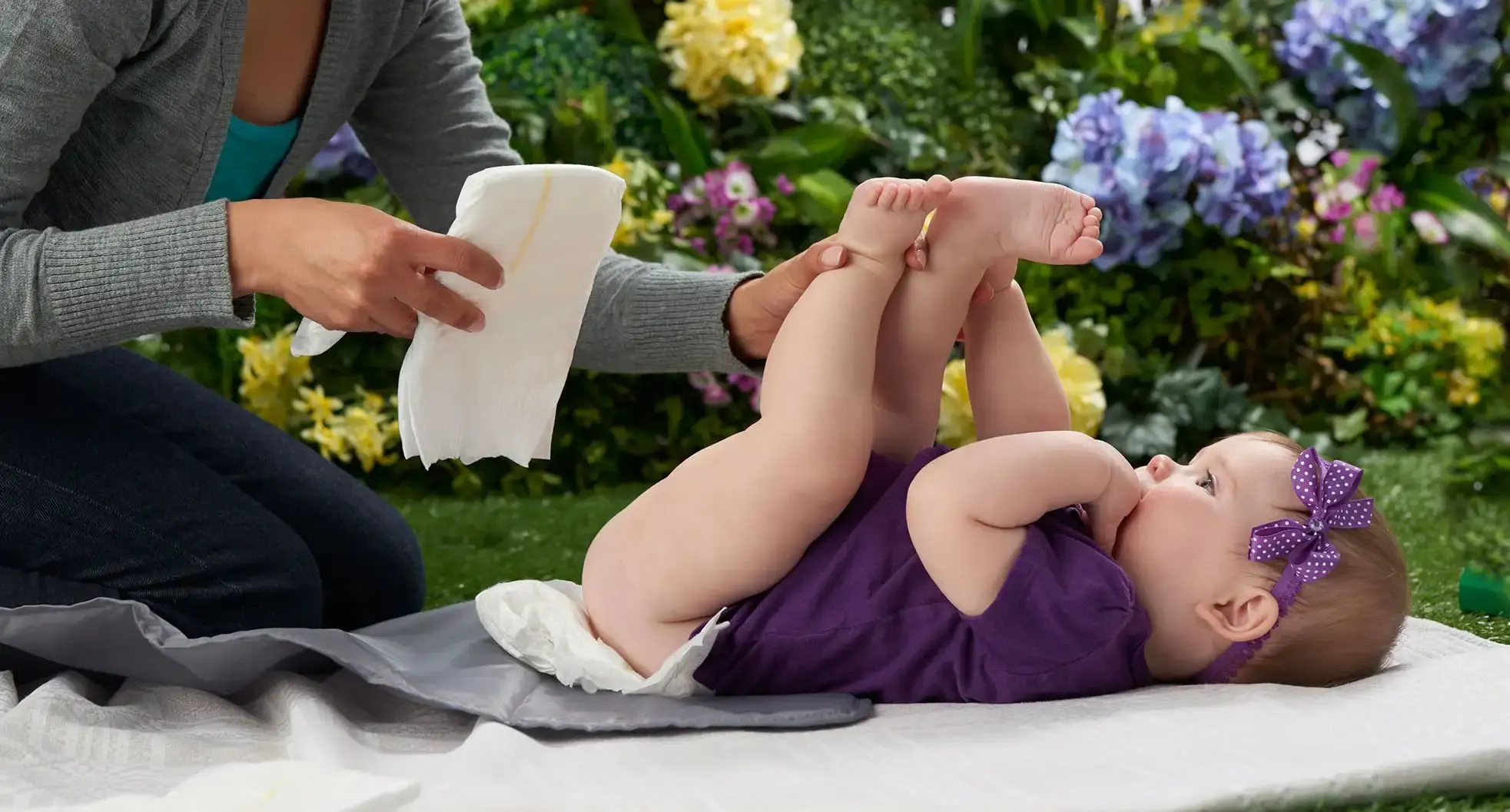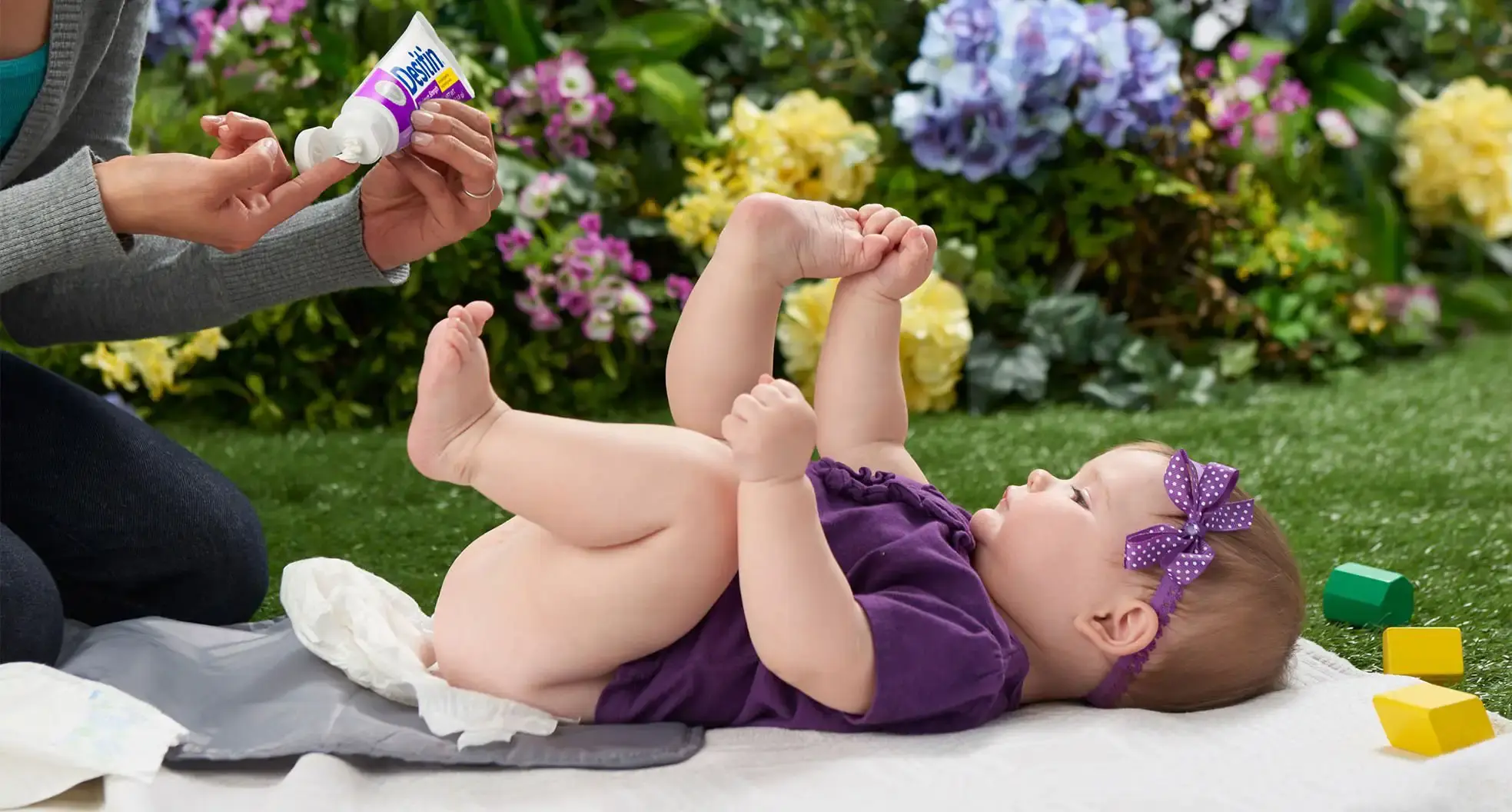How to Change a Diaper & Apply Diaper Rash Cream
How to diaper to avoid diaper rash
Keep your baby’s bottom clean and change diapers often.
Pat that tushy dry and air dry when possible.
Protect entire diaper area and don’t be shy with the DESITIN!
Enjoy the giggles!
How To Treat A Diaper Rash Before Putting on A Diaper
The key to healing diaper rash is keeping the area as clean and dry as possible.
Once you have finished cleaning your baby’s bottom, pat it dry (no rubbing!) before applying a thick layer of DESITIN® ointment to provide a barrier of protection. Better yet, allow your baby to go without a diaper for a little while to let her bottom air-dry.
Unfortunately, diaper rash is still very common for babies. Learn how to treat it, here.
Diapering tips to prevent diaper rash
Watch the full video on how to better diaper your baby and get tips on how to reduce the severity of diaper rash.
Protect baby’s tender skin with a diaper rash barrier treatment
Applying a diaper rash treatment ointment or paste protects the skin from further injury while creating an optimal environment to allow the skin to heal. It will also help prevent friction from the diaper.
Apply a thick layer of a zinc oxide barrier cream, such as DESITIN® Maximum Strength Original Paste or DESITIN® Rapid Relief Cream, at each diaper change to soothe and protect your baby’s irritated skin.
Zinc oxide treatments can help treat and prevent diaper rash by
Forming a protective layer on the skin to reduce friction
Blocking wetness from skin
Protecting against the enzymes found in feces
Protecting and soothing irritated skin, allowing it to heal naturally
Apply ointment liberally as often as necessary, with each diaper change, especially at bedtime or any time when exposure to wet diapers may be prolonged.
Don’t be concerned about using too much. You can apply as much DESITIN® Maximum Strength Original Paste or DESITIN® Rapid Relief Cream as often as needed.
How To Change a Diaper
The process of how to change a baby diaper is relatively straightforward, but when you are diapering with an eye on diaper rash treatment and prevention, there are a few key things to keep in mind.
Step 1: Wash - The first step to diapering a baby who has diaper rash is to thoroughly cleanse their delicate skin. Once you have removed their soiled diaper, you will need to make sure all traces of urine or stool has been cleaned away. If your baby is especially prone to recurrent diaper rash, you will want to cleanse the area with plenty of warm water in addition to using baby wipes.
Step 2: Dry – After you have ensured that all contaminants have been thoroughly washed away, you will need to make sure your baby’s bum is completely dry before replacing their diaper. This is because moisture makes diaper rash worse. Be sure to pat dry (not rub) and consider allowing your baby’s bottom to air dry for as long as possible for even better results.
Step 3: Protect - Whether you are diapering an infant or a toddler, it is just as important to protect your little one’s tender skin with a diaper rash barrier treatment. DESITIN® zinc oxide barrier creams aid in diaper rash treatment and prevention by creating a protective layer on the skin, repelling away moisture, and soothing redness or irritation.
Step 4: Replace – When you put a new diaper on your little one, be sure not to place it on too tightly, as friction will make diaper rash worse. Be sure to change your baby's diaper often while they are suffering from diaper rash, even if the diaper doesn't seem very wet or soiled.
How to apply DESITIN® ointment and how much
Using your fingers, apply a thick layer to the entire diaper area, as though you were frosting a cake. Try to touch baby’s irritated skin as little as possible.
Be generous in applying DESITIN® ointments. DESITIN® ointments are safe when used as directed and may be used at every diaper change to help treat and prevent diaper rash.
Additional diapering tips
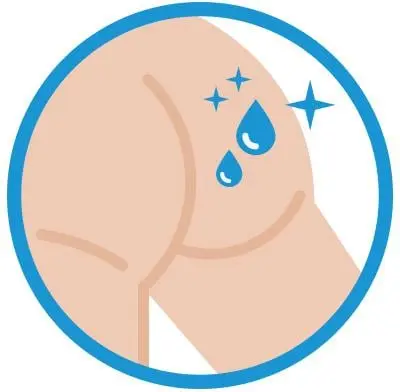
One key step to healing diaper rash is keeping the area clean and dry. Once you have finished cleaning your baby's bottom, pat it dry (no rubbing!) before applying a thick barrier of protection.
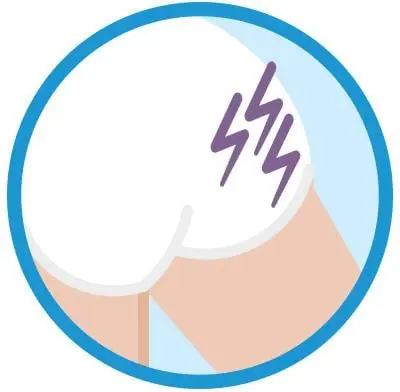
After cleaning, drying, and protecting, it's time to diaper your baby. Be sure to choose the right size diaper and don't apply diaper too tightly. Otherwise, it may cause friction against the skin, which could make the rash worse.

Disposable diapers are designed to wick moisture away from your baby's skin so it may not feel wet. This may give you a false sense of security. If your baby has diaper rash, be sure to change your baby's diaper often, even if it may not feel wet.

Because of their wicking properties, super-absorbent disposable diapers may help reduce the incidence of diaper rash. A preventive layer of your favorite DESITIN® ointment can reduce or prevent friction. This is especially important if your baby is prone to diaper rash.
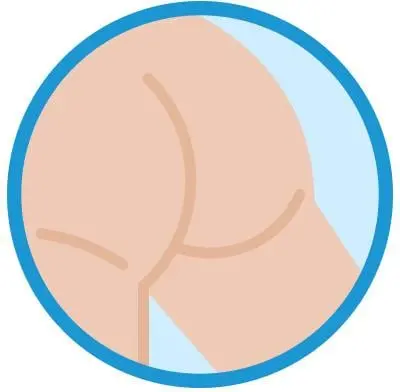
Let your baby go without her diaper as much as possible. This allows her skin to breathe, air to circulate and reduces friction and skin contact with irritants. You will see that you baby enjoys it too.
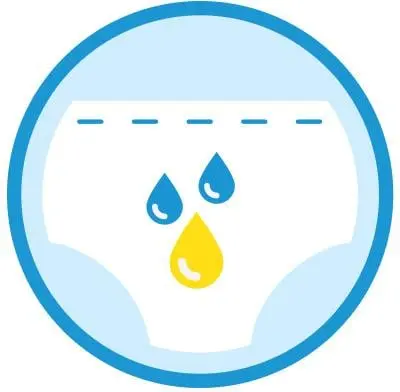
If you use cloth diapers, you may be used to using rubber pants. However, rubber pants can trap moisture in the diaper area, so avoid them while your baby has a rash. Be careful not to put on your baby's diaper too tightly.

